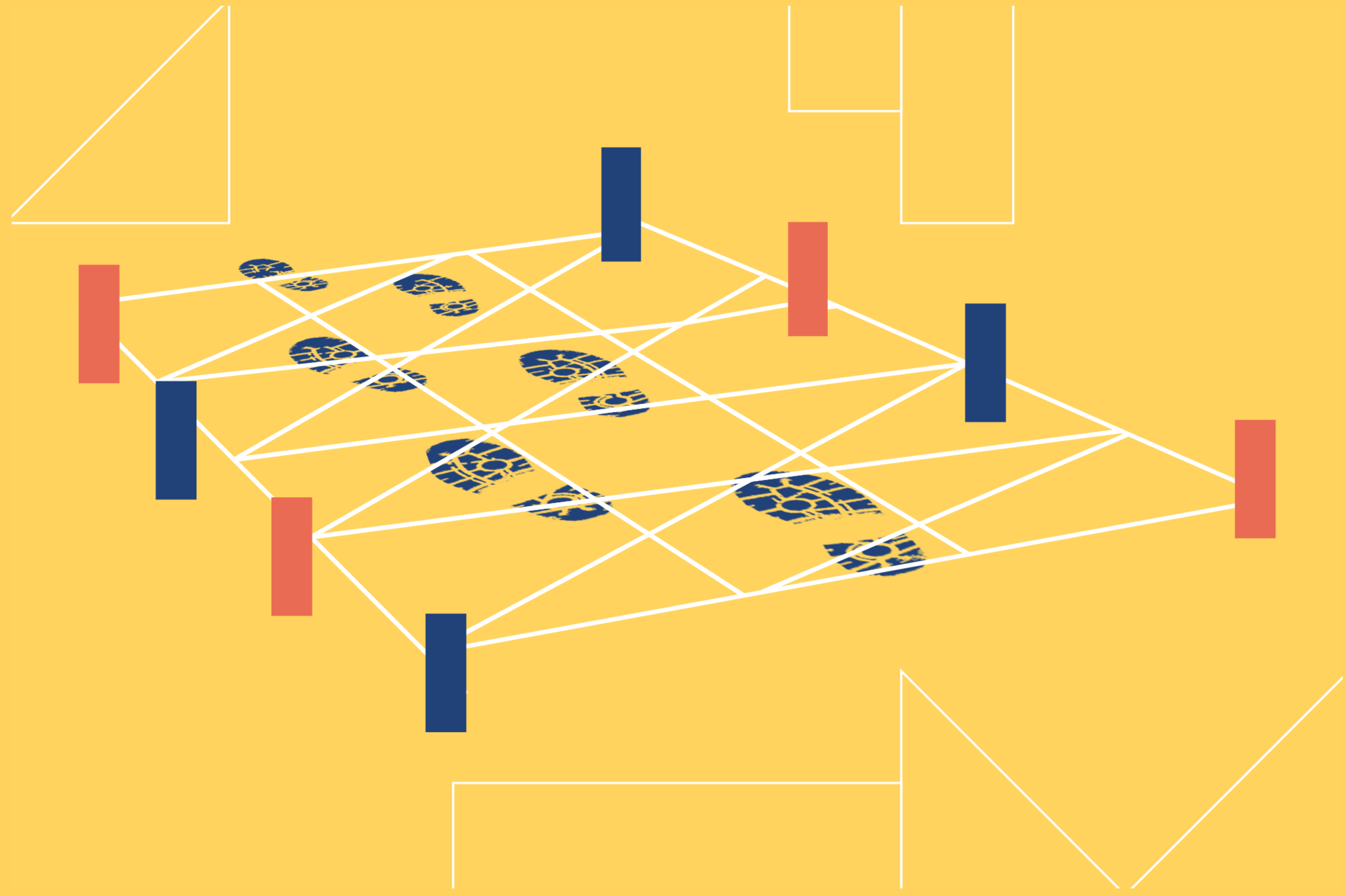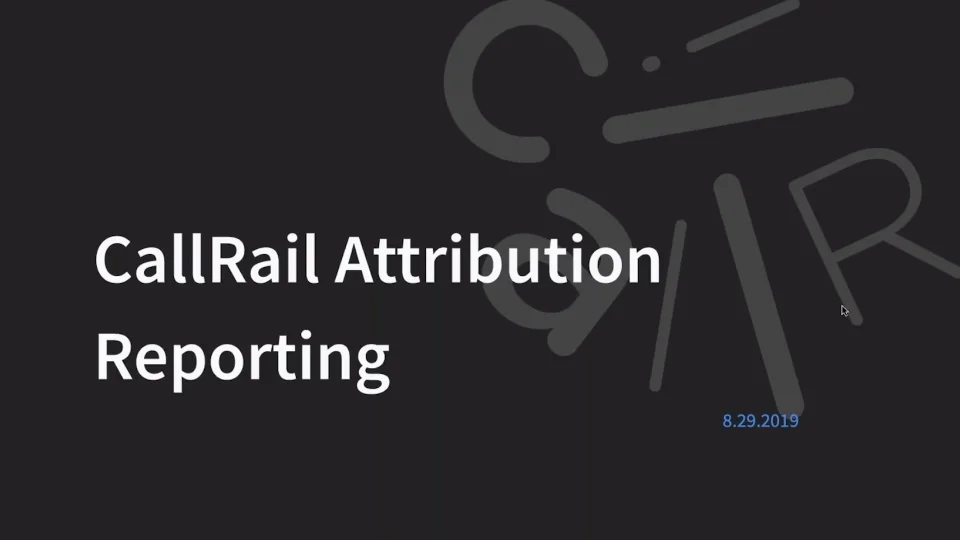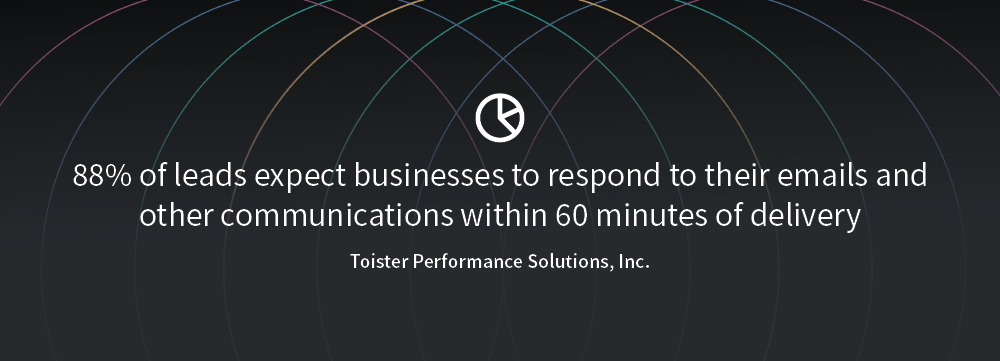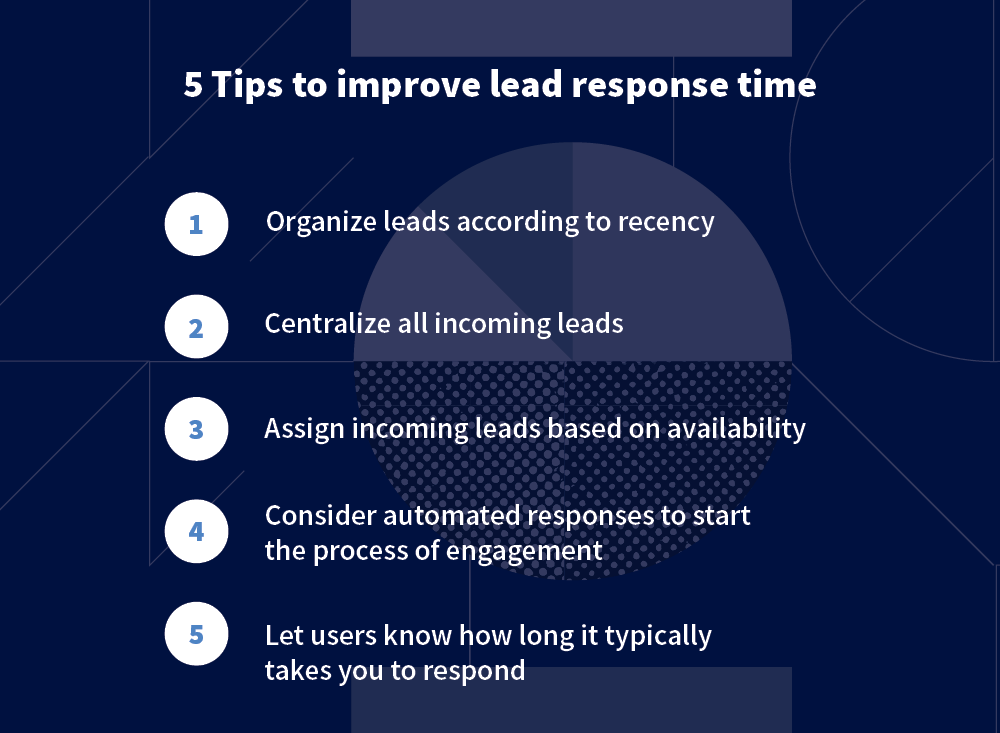The journey of a thousand miles begins with a single step, so the wise saying goes. For businesses, the opposite might be true: The journey of a thousand customers begins with thousands of leads.
OK, maybe not thousands, but you need plenty of leads to evolve into customers and grow your company. Those leads come to you with different goals, pain points, and expectations — essentially, a journey that you must nurture into a sale.
The customer journey, also known as the buyer’s journey, charts a lead’s path from start to finish, even if the finish isn’t a successful sale. This path is complex, and it can trip up marketers who struggle to accurately understand which strategies resonate with leads.
However, that understanding can be achieved via attribution reporting. From one step of the customer journey to the next, companies must be ready to give leads what they’re looking for, and then adjust as needed — all the way to a successful sale.
Two unique companies, two unique customer journeys
The customer journey differs from business to business — and from customer to customer. After all, leads bring their own unique pain points and expectations to each interaction with your business. Identifying the paths customers might take in their relationships with you is crucial to eventually closing the sale. Consider these two examples as you sort out your company’s own customer journey:
Pest control company
Exterminators draw leads from both ends of the critter spectrum, from people who periodically have their homes sprayed for bugs to frantic prospects who just saw a rodent or cockroach run across the kitchen floor. Some of these leads may be influenced by print ads, direct mail, paid social and search ads — resulting in a visit to your website, poking around for more information, and then filling out a form. Others might call the first exterminator they can find on Angie’s List because they really want that mouse dead.
Both paths represent customer journeys the pest control company should understand to better serve leads. Marketing to the long-term customer might include lead nurturing emails, blogs that feature helpful tips, and promotional offers. For the desperate homeowner, strategies should encourage the customer to keep using the service once the rodent is gone (e.g., a downloadable guide to dealing with mice). Knowing how a phone call came into the office — and why — helps you determine the journey to sale and beyond.
Law firm
Most people don’t hire the first lawyer they Google. Instead, they conduct some research. However, that doesn’t mean marketing fails to have an impact — people might see a print, TV, or Google ad and either call the office or visit the firm’s website for more information.
Knowing which channel these leads arrived from gives the business insight into where it should devote its marketing resources, and what strategies to use after that first interaction.
Someone who calls after seeing a billboard may have more questions, which you can follow up with using marketing collateral (e.g., a small-claims court FAQ) that speaks to their needs. The common point on the customer journey is that a lead contacted the law firm. Everything before and after makes the journey unique — and how you respond to this uniqueness influences whether leads become clients and clients become repeat clients.
Attribution and the customer journey
For decades, “How did you hear about us?” was a common question that businesses would ask on calls with new leads. Although that’s better than not getting any intel about the customer journey, in today’s digitally focused, data-driven marketing reality, a lack of good lead statistics can leave marketers in the dark. They’re left wondering what’s working and what’s not working — potentially wasting their marketing budget and hurting the company’s bottom line.
Attribution reporting offers a solution by tracking leads, from their first phone call or interaction all the way to — hopefully — a sale. Data is automatically collected at each touchpoint, whether someone is emailing, texting, opening a link, filling out a form on your website, or even calling (thanks to call tracking). All this data can be weaved together to map out numerous customer journeys. In turn, you can determine the most effective channels and strategies to secure conversions and sales.
The ability to drill into the data highlights the power of attribution reporting. On a more defined level, you can identify:
- Lead quality: Which channels produce the leads who are most likely to turn into customers? For example, if you’re receiving many calls but not closing many sales from those calls, maybe you should focus on other channels. Or, revamp how you’re communicating with live callers. That said, to truly assess lead quality, you must define what qualifies a lead as being good, bad, or somewhere in between.
- Open rates: Are your emails being read, or do they languish in recipients’ inboxes? And if the emails are opened, are people clicking on the links within? This data can be tied to every step of the customer journey — for example, are people who filled out a web form more likely to open an email than someone whose first interaction with you was via a phone call?
- Sales data: This is obvious — which channels and customer journeys are resulting in the most sales?
- Returning customers: Which channels are the most appealing for existing customers to turn into repeat customers? For example, we’ve all made purchases after receiving emails for a period of time; attribution reporting can help determine how effective those emails are in drawing people back to the website.
Following up with leads
No matter how a lead enters the sales funnel, you need to respond quickly to engage the prospect and build the relationship. How you respond can make all the difference — and might vary based on the channel. Here’s an example; someone who calls you from a unique tracking number they found on a print ad probably expects a callback. A lead who filled out a web form might like receiving a call but also probably wouldn’t be upset if they instead received an email.
Again, how you follow up depends on your business, your customers, and your marketing channels. Our exterminator can’t delay on returning calls, lest that rat (yes, we’re making the rodent bigger as this article progresses) continues to freak out the lead. Our lawyer might follow up when there is sufficient time for a longer conversation, or at least start the relationship with an email teasing a call. Attribution reporting combined with common sense can show the path to the best follow-up strategies for any customer journey.
Closing the sale
Plenty of customer journeys don’t end in the sale. Often, nothing you did caused the journey to fizzle out — leads may have decided they don’t need your service or simply picked a competitor. But sometimes, yes, you missed an opportunity to nurture the lead closer to the sale. Either way, determining where the relationship is stalling out is important when refining your marketing and sales strategies.
Attribution reporting can help here as well. For example:
- Do leads who found you via a certain channel drop out once you start sending lead nurturing emails?
- Do they drop out if they don’t get enough of a follow-up from you?
- Do retargeting ads keep you top of mind for indecisive leads?
- Do well-timed promotional offers result in more sales?
The data defines all these paths, pointing you to tactics that, give you the successful result when implemented at the right time and in the right way,
One platform to track them all
Marketing metrics and data drive attribution reporting, but if your system is unable to gather that intelligence, you’ll be back to guessing whether your strategies are working or wondering why they aren’t. Whether you’re a lawyer helping clients in need of legal advice, an exterminator defending against invasive raccoons, or any other small or midsize business looking to better connect with prospects and customers, having one unified system to track leads at every stage of the buyer’s journey is vital.
CallRail’s Lead Center is such a system. With a built-in virtual phone, compiling communications from all sources, including phone calls, into one simple inbox. When Lead Center is combined with Call Tracking, Conversation Intelligence, and Form Tracking, every phase of the customer journey can be measured, assessed, and refined. With CallRail, you aren’t reacting to leads on their way to a sale — you’re accompanying them.










